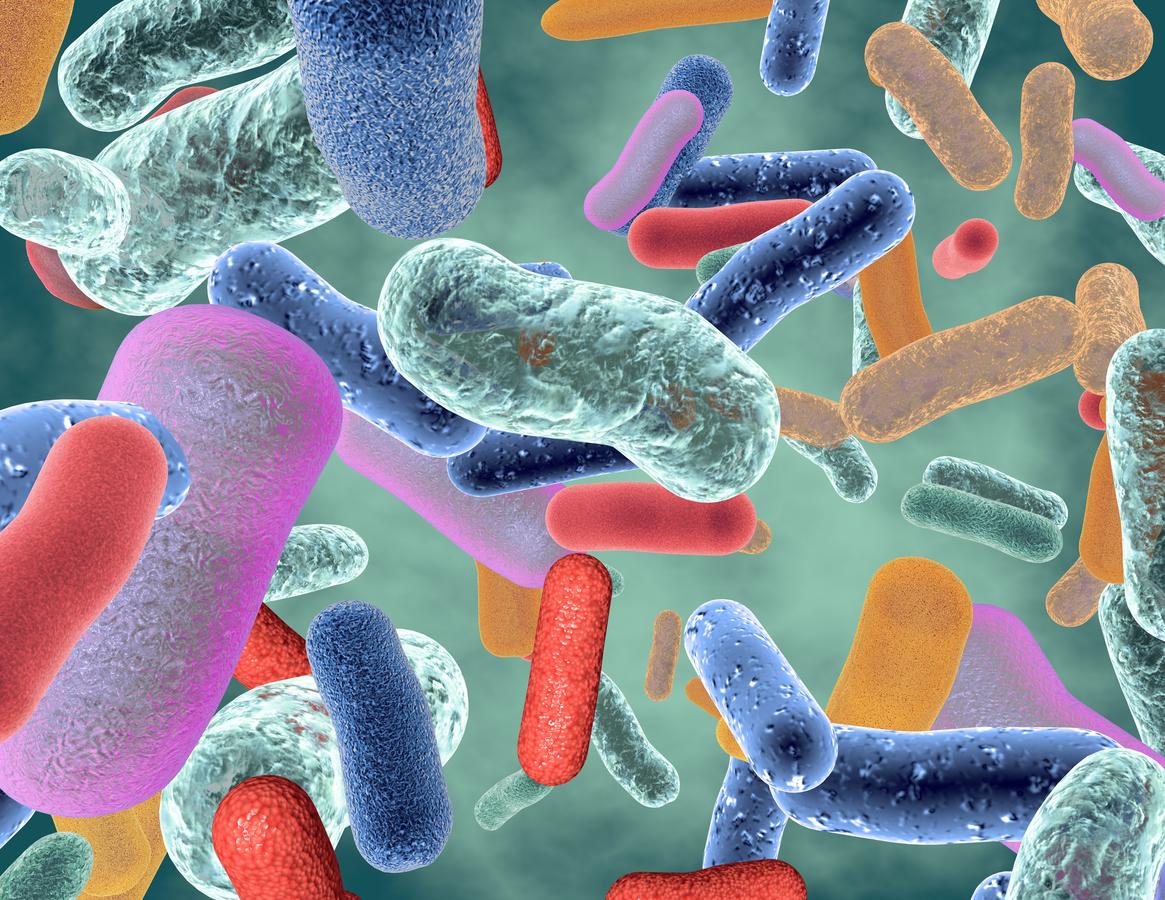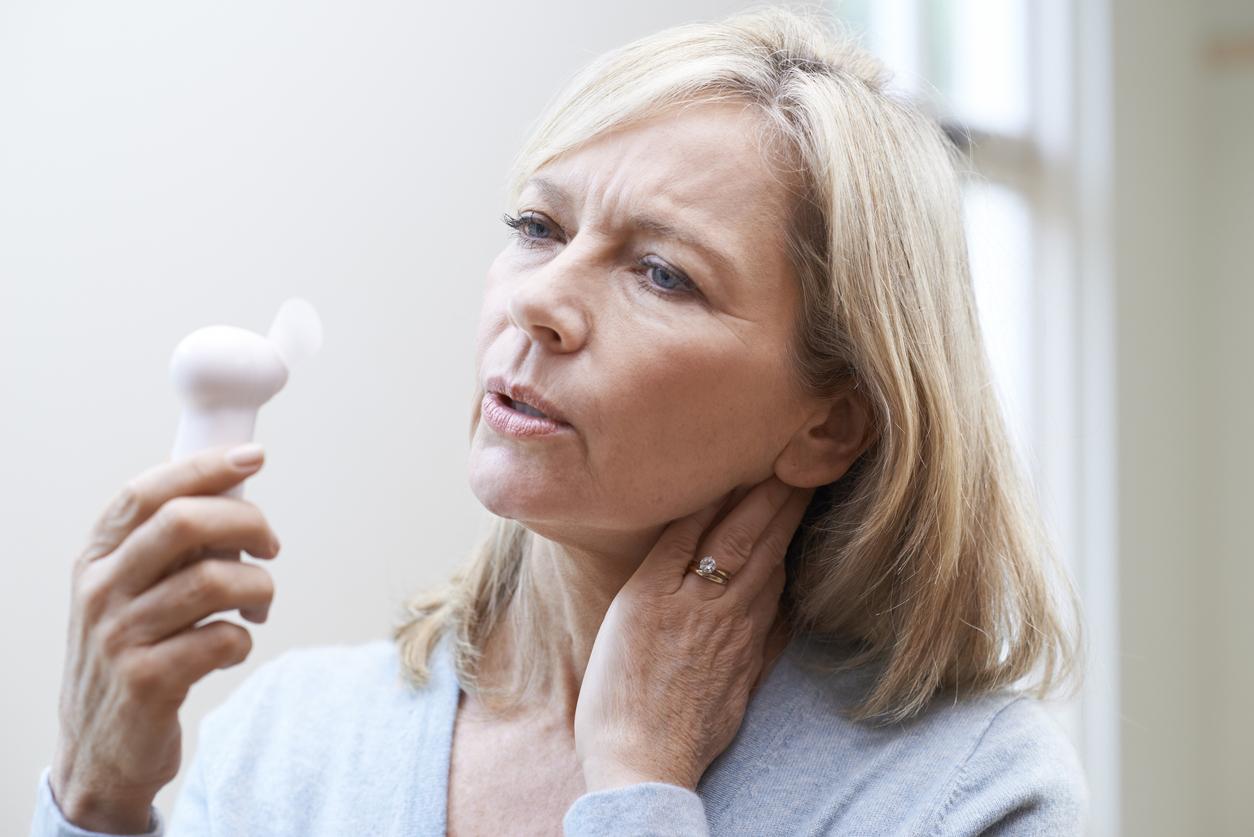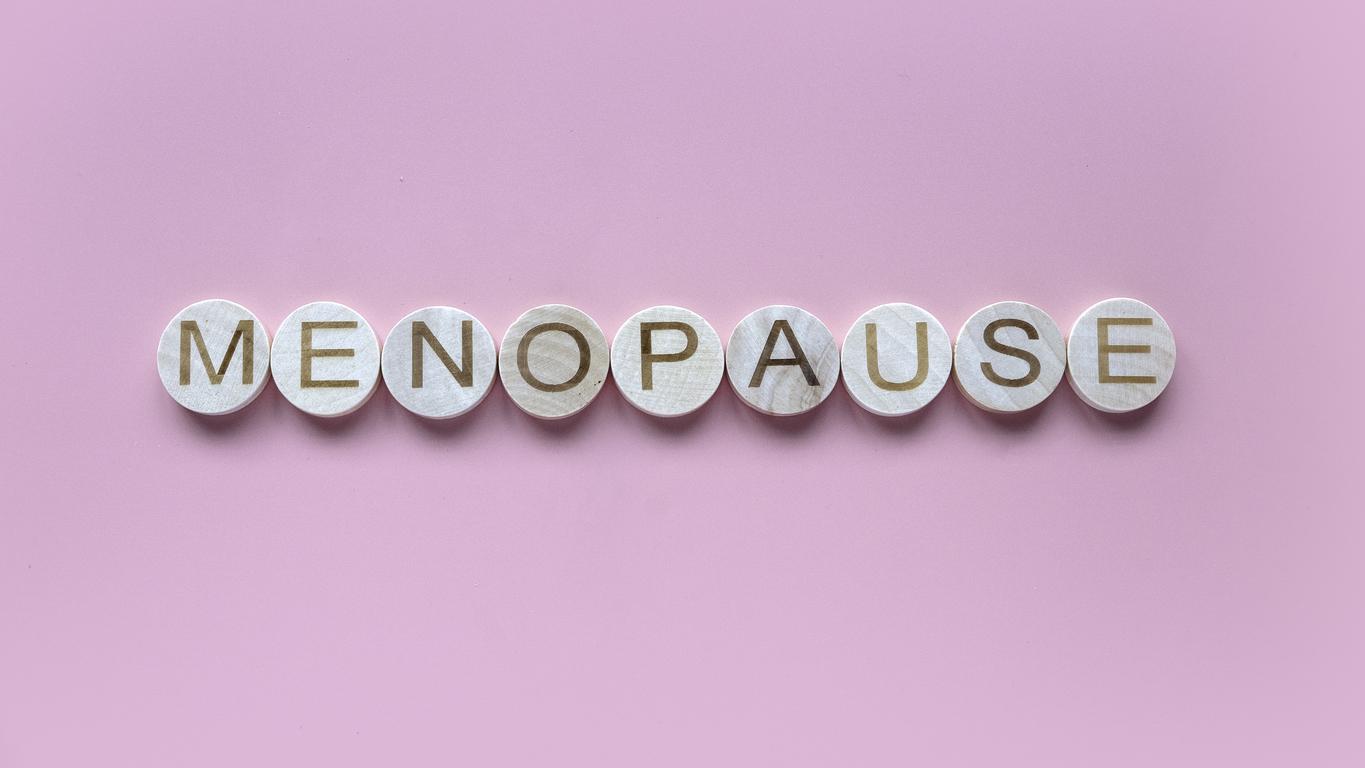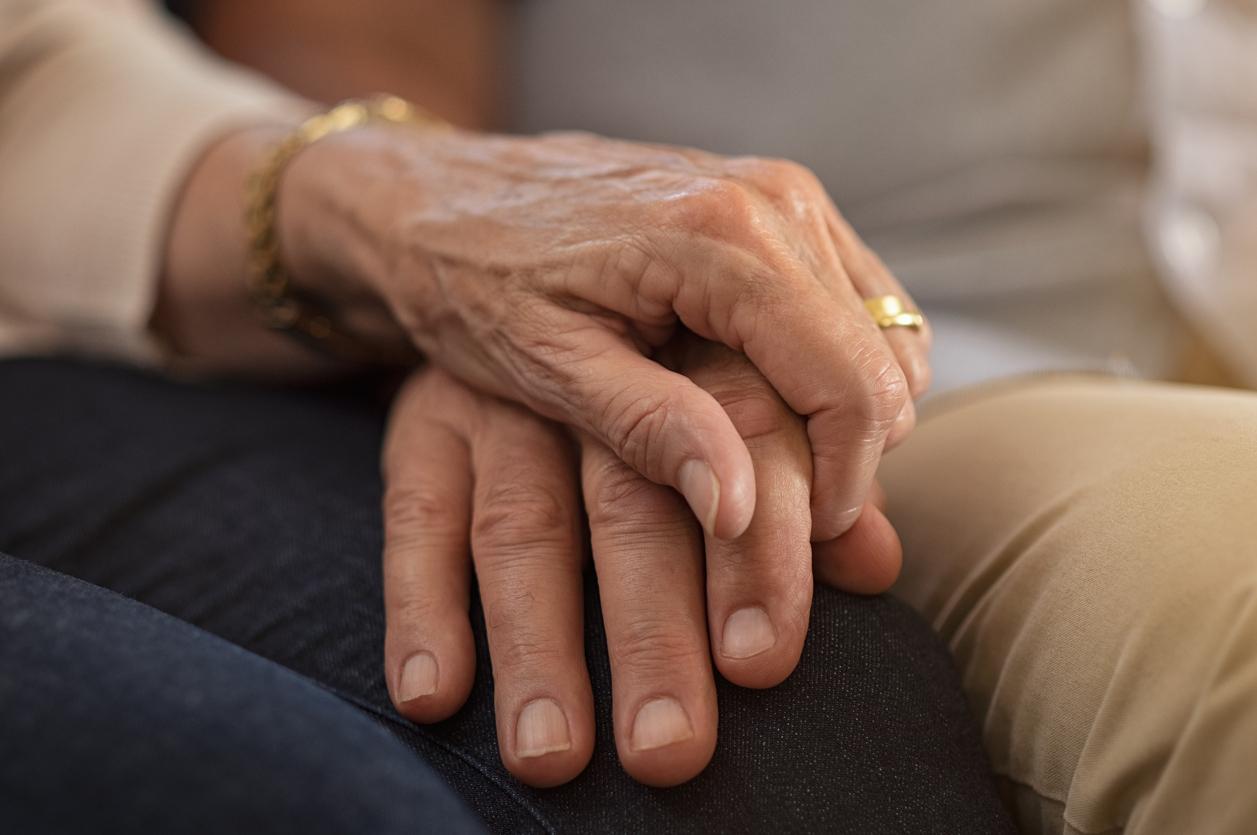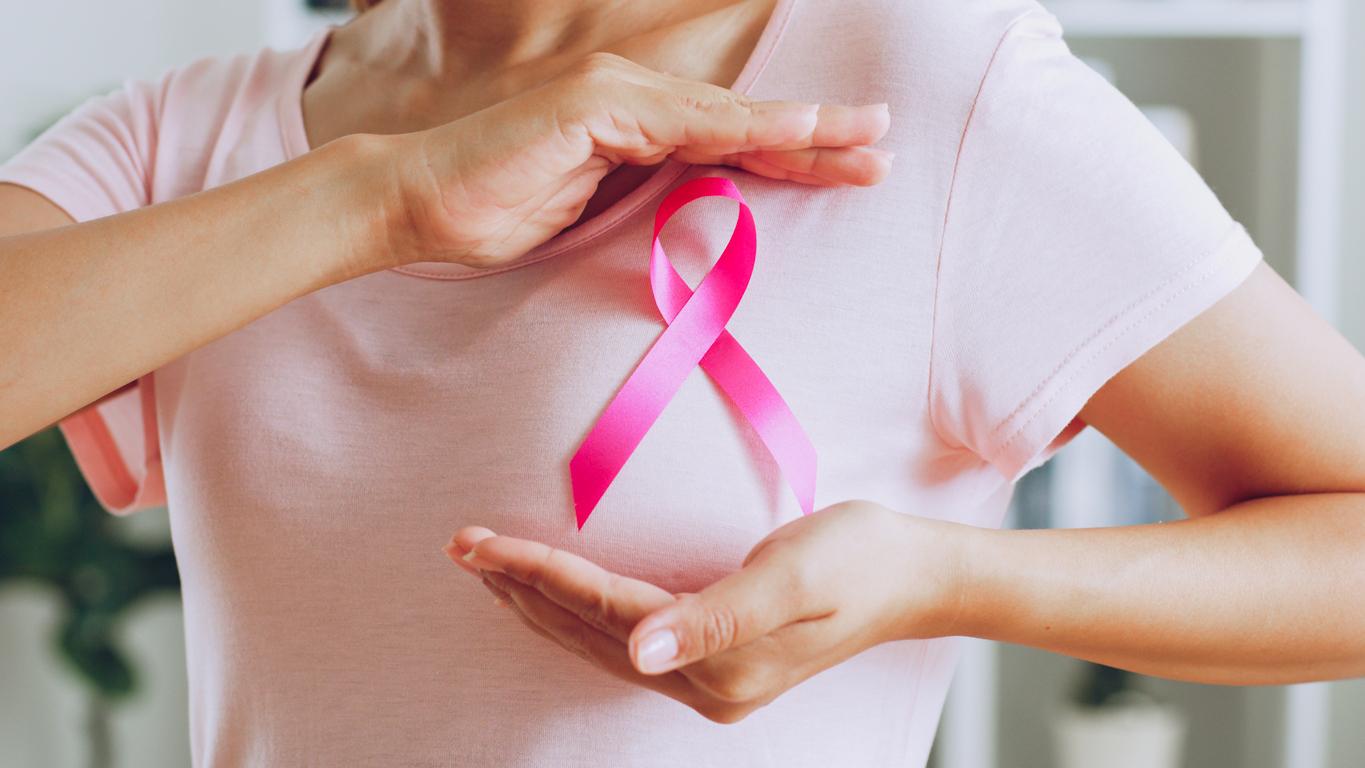Early menopause, late periods, hormonal treatment… Researchers have identified several reproductive factors associated with an increased risk of developing rheumatoid arthritis in women.

- Rheumatoid arthritis is an autoimmune disease that affects between 0.5 and 1% of the adult population. It initially manifests itself most often by painful stiffness and swelling of the joints.
- While the disease can occur at any age, it generally appears between the ages of 30 and 50, with a peak around age 45. It is two to three times more common in women than in men, a difference likely due in part to an effect of estrogen on immune function.
- A new study highlights several hormonal and reproductive factors associated with an increased risk of developing rheumatoid arthritis in women: late menstruation, early menopause, hormone replacement therapy, number of years of reproductive capacity, birth of children. .
Rheumatoid arthritis is an autoimmune disease that most often initially manifests itself as painful stiffness and swelling of the joints, usually in the wrists, hands and fingers. It evolves over time in the form of flare-ups, interspersed with more or less complete remissions.
A large study, published in the journal RMD Openhighlights several hormonal factors likely to increase the risk of rheumatoid arthritis (RA) in women, who are two to three times more affected by the disease than men.
Late menstruation and early menopause, a risk for women
To arrive at these conclusions, researchers from several Chinese universities relied on a cohort of 223,526 participants in the British Biobank, followed for 12 years on average. During this period, 3,313 women (1.5%) developed RA. After taking into account potentially influential variables (style and standard of living, weight, ethnicity), the researchers found that several hormonal and reproductive factors seemed to increase the probability of suffering from the disease.
Thus, late menstruation (after the age of 14) was linked to a 17% higher risk compared to the start of periods at 13 years old, we can read in a communicated. Conversely, early menopause (before age 45) was associated with a 46% increased risk compared to women who transition from age 50. In this logic, women who had less than 33 years of potential reproduction – from the first menstrual cycle to menopause – were therefore 39% more likely to develop RA, as were those who had had at least two children (+ 18%). .

Hormonal treatments linked to more cases of rheumatoid arthritis
Furthermore, hysterectomy or removal of one or both ovaries were, for their part, associated with 40% and 21% higher risks respectively, although only a few women had to undergo these procedures. Finally, although no clear association has emerged between taking the pill and the risk of RA, the use of menopausal hormone replacement therapy and, to a lesser extent, its duration, have been associated, respectively , at increased risks of 46% and 2%.
“The results of this study are significant and provide a basis for developing new intervention measures aimed at reducing the risk of rheumatoid arthritis in women”conclude the researchers.









